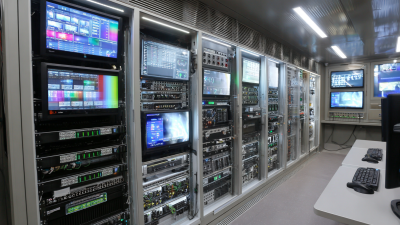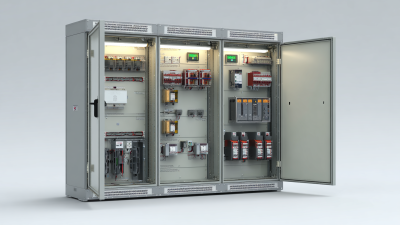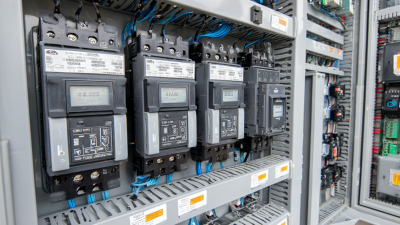In today's energy-conscious world, optimizing energy efficiency is more crucial than ever, and Pcc Power Control Centers play a pivotal role in this endeavor. These sophisticated control systems not only enhance the monitoring and management of power distribution but also facilitate smarter energy usage across various sectors. By leveraging advanced technologies and automation, Pcc Power Control Centers help streamline operations, reduce energy waste, and minimize operational costs. This article will explore effective strategies for maximizing energy efficiency through the implementation and utilization of Pcc Power Control Centers, highlighting best practices and real-world applications that demonstrate their impact on sustainable energy management. Whether you're an industry professional or a facility manager, understanding how to harness the potential of Pcc Power Control Centers is essential to achieving your energy efficiency goals.
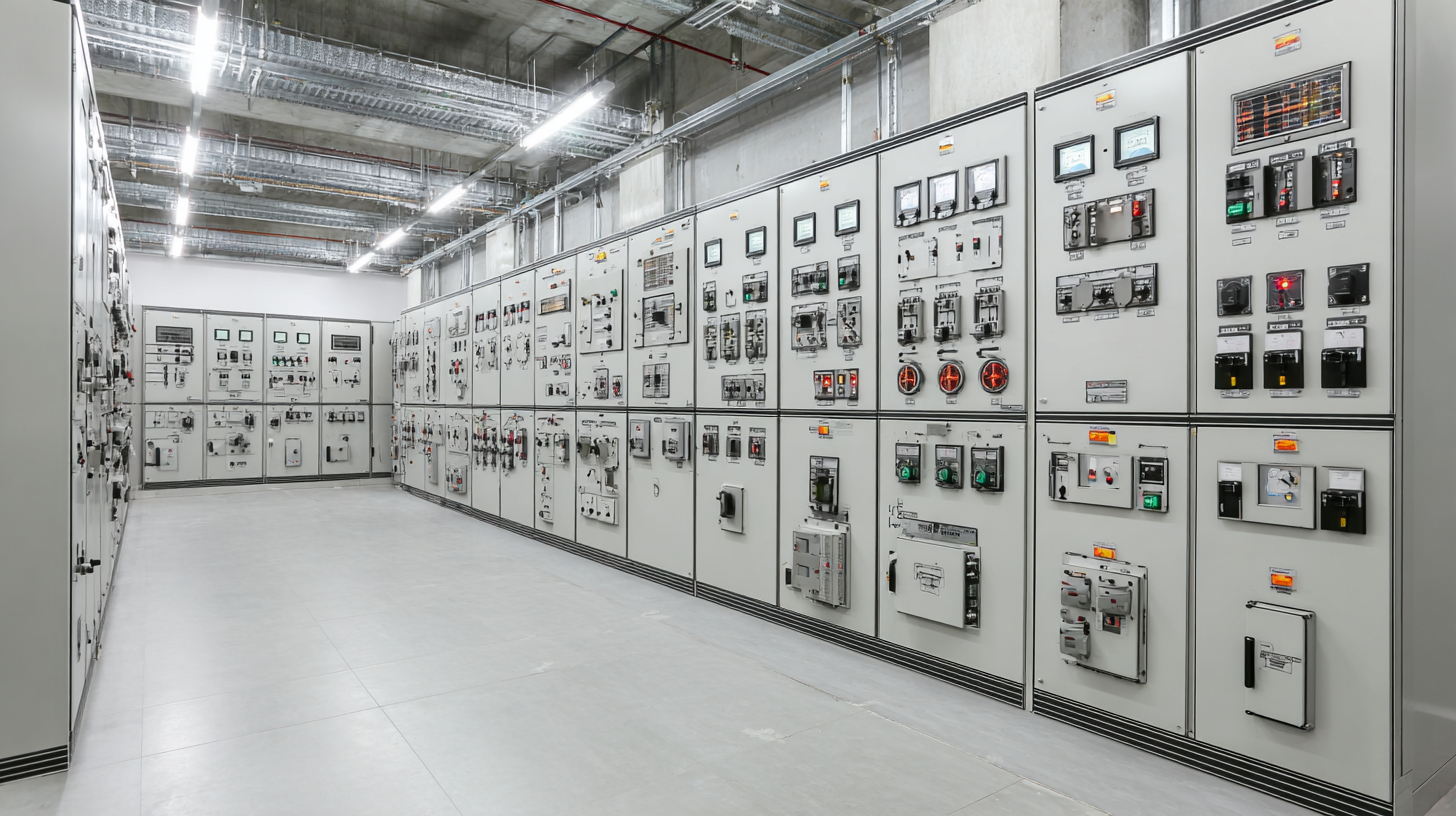
PCC Power Control Centers play a crucial role in managing energy consumption and enhancing efficiency within various industrial and commercial environments. These centers offer centralized control over electrical distribution systems, enabling operators to monitor and adjust power usage in real-time. By integrating advanced technologies such as smart meters and automation systems, PCCs provide critical data that can inform decisions related to energy optimization.
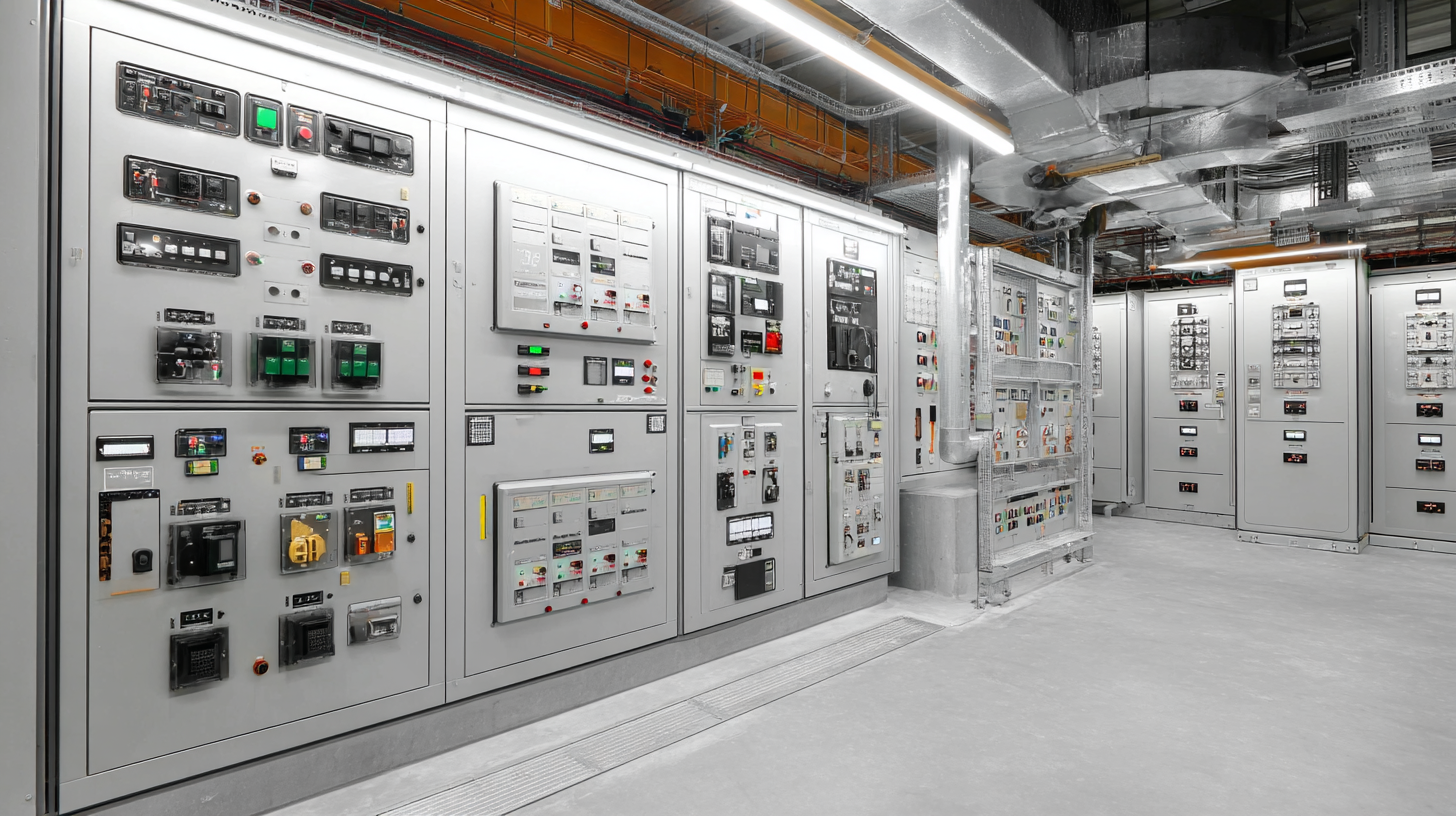
Understanding the functionalities of PCCs is essential for organizations looking to improve their energy performance. These control centers facilitate the implementation of energy-saving measures by offering insights into energy usage patterns and identifying areas for improvement. By employing predictive analytics, PCCs can forecast energy demand, allowing facilities to adjust their operations accordingly and minimize waste. This proactive approach not only enhances energy efficiency but also contributes to reducing operational costs and environmental impact.
Power Control Centers (PCCs) are increasingly being recognized as vital tools for optimizing energy consumption in various industries. One of the key features of PCCs is their ability to provide real-time monitoring and control of energy systems. According to a report by Grand View Research, the global power control center market is expected to grow significantly, with a projected CAGR of 7.5% from 2021 to 2028. This growth is fueled largely by the increasing need for energy management solutions that enhance efficiency and reduce operational costs.
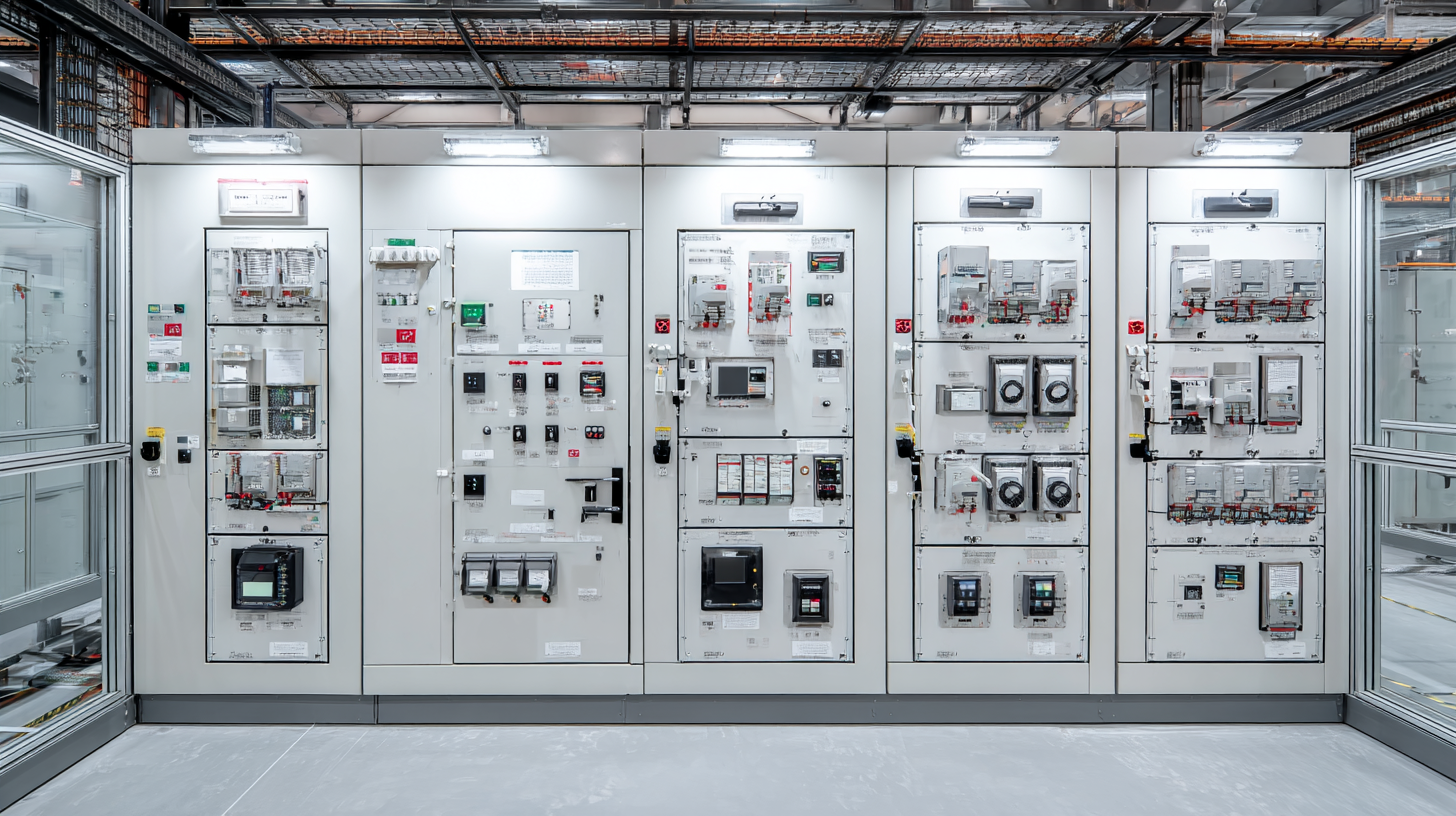
Another critical feature of PCCs is their integration with advanced analytics and machine learning algorithms. These technologies enable facilities to analyze energy consumption patterns and identify inefficiencies. For example, the International Energy Agency (IEA) highlights that implementing intelligent energy management systems can lead to a reduction in energy consumption by up to 20%. By utilizing data-driven approaches, organizations can optimize energy usage, align with sustainability goals, and achieve substantial cost savings over time.
Furthermore, PCCs facilitate better load management through smart grid capabilities, ensuring that energy distribution is optimized according to demand. A study by Navigant Research indicates that adopting smart grid technologies can improve overall energy efficiency by approximately 30%. With these advancements, Power Control Centers stand at the forefront of energy optimization strategies, providing businesses with the tools necessary to enhance efficiency and contribute to a greener future.
When integrating PCC (Power Control Centers) into existing infrastructure, it is crucial to consider the compatibility with current systems to enhance energy efficiency effectively. Start by conducting a thorough assessment of your existing electrical setup, identifying potential points of integration. This allows for better planning of the PCC's installation, ensuring minimal disruptions and streamlined operations.
Tips: Before installation, engage with a qualified engineer who specializes in energy systems. Their expertise can help navigate any complexities in your current infrastructure. Moreover, ensuring that all components of the PCC are modular and scalable can significantly ease the integration process as your energy demands evolve.
Additionally, consider implementing advanced monitoring and control software within your PCC. Such technologies can provide real-time data analysis and predictive maintenance, ensuring that any inefficiencies are quickly identified and addressed. Training your staff on these advanced tools is equally important to maximize their utility and effectiveness.
Tips: Organize regular training sessions for your team to stay updated on the latest technology trends related to PCCs. Encouraging continuous learning can lead to greater efficiency and innovation in energy management practices.
Optimizing energy efficiency is crucial for businesses looking to reduce operational costs and minimize their environmental impact. Power Control Centers (PCCs) play a significant role in achieving these goals by providing a centralized system for monitoring and managing energy consumption. According to a report by the International Energy Agency, implementing smart energy management systems can lead to energy savings of 10-40%. Utilizing PCC systems enables organizations to track energy use in real-time, identify inefficiencies, and implement corrective measures promptly.
**Tips:** Regularly update your PCC software to leverage the latest algorithms for energy optimization, ensuring you consistently benefit from improved energy management features. Also, integrating predictive analytics within your PCC can enhance decision-making, allowing for proactive energy management rather than reactive responses to energy spikes.
Additionally, involving all stakeholders in the energy management process fosters a culture of energy efficiency. The Energy Star program indicates that organizations that engage employees in energy conservation efforts can achieve an additional 5-15% in energy savings. By utilizing data provided by PCC systems, businesses can set performance benchmarks and encourage participation in energy-saving initiatives.
This chart illustrates the energy efficiency percentages achieved through the utilization of PCC Power Control Centers over the four quarters. As seen, there is a positive trend in energy efficiency, peaking in Q3.
The landscape of energy optimization is rapidly evolving, particularly with advancements in Power Control Centers (PCC). According to the Global Energy Management Report 2023, energy efficiency technologies are projected to improve operational efficiency by as much as 30% in industrial settings. This shift is further enhanced by the integration of advanced PCC technologies, which facilitate real-time monitoring and control of energy consumption, enabling organizations to adapt their strategies swiftly in response to changes in demand.
Future trends indicate a significant move towards automation and predictive analytics in energy management facilitated by PCC. A recent study by the International Energy Agency highlighted that implementing smart PCC systems could lead to a 20% reduction in energy waste over the next decade. These systems leverage machine learning algorithms to predict energy needs and adjust outputs accordingly, ensuring optimal performance while minimizing excess energy use. As industries continue to embrace these innovations, PCC technology stands at the forefront of energy efficiency, positioning itself as a critical component in achieving sustainable energy goals.
| Energy Optimization Tool | Functionality | Efficiency Improvement (%) | Implementation Cost ($) | Future Trends |
|---|---|---|---|---|
| Smart Grid Integration | Real-time energy monitoring and distribution management | 15% | 5,000 | Increased automation and AI optimization |
| Demand Response Management | Adjusts power consumption based on demand | 20% | 10,000 | Greater consumer participation |
| Energy Storage Solutions | Store excess energy for use during peak times | 25% | 15,000 | Advancements in battery technology |
| Renewable Integration | Seamless incorporation of renewable energy sources | 30% | 7,500 | Increased reliability of renewable sources |
| Predictive Analytics | Forecast energy usage and optimize supply | 18% | 8,000 | Machine learning applications for efficiency |
